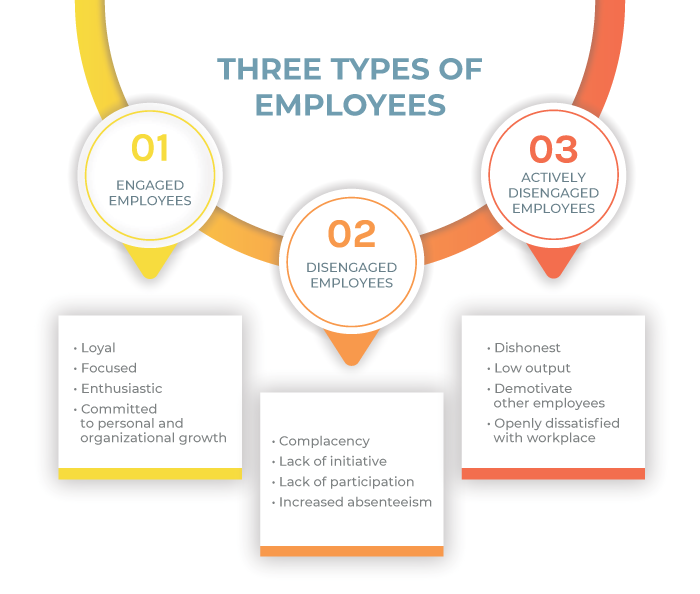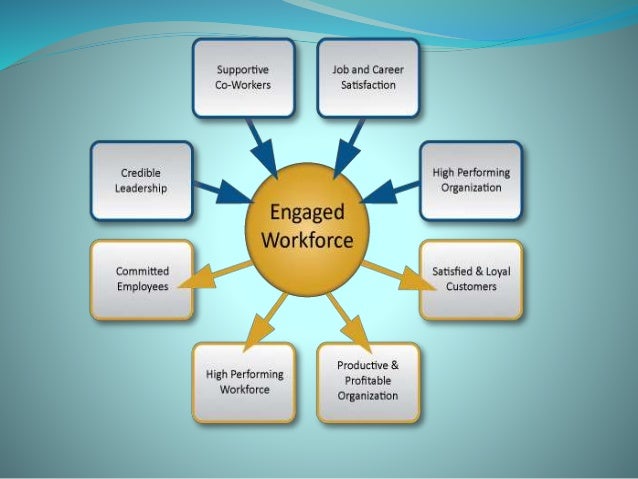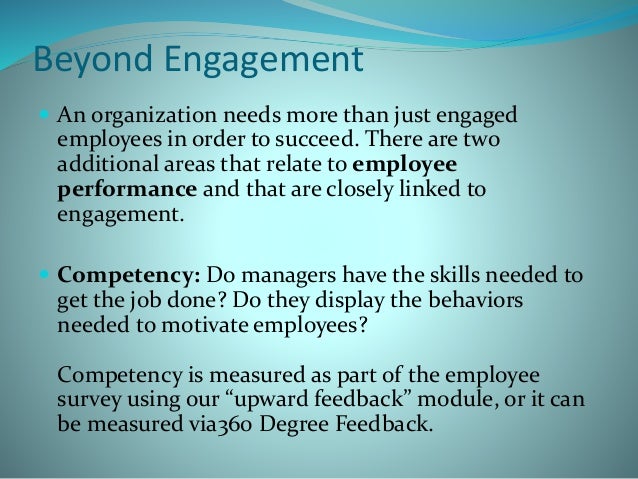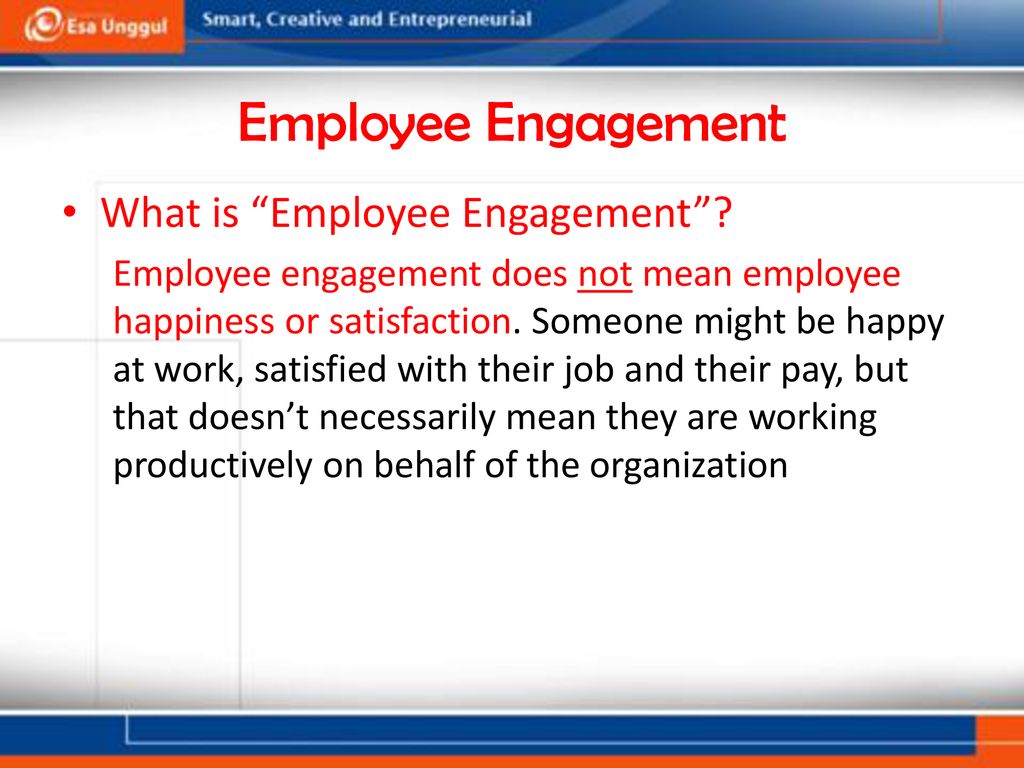Exemplary William Kahn Employee Engagement
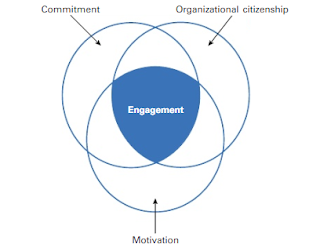
Psychological Conditions of Personal Engagement and Disengagement at Work Kahn William A Academy of Management Journal.
William kahn employee engagement. 692 o Academy of Management Journal 1990 Vol. Relational systems at work. PSYCHOLOGICAL CONDITIONS OF PERSONAL ENGAGEMENT AND DISENGAGEMENT AT WORK WILLIAM A.
William Kahn defined employee engagement based on three levels- physical cognitive and emotional. Kahns work has widened human resources practice beyond simple motivation techniques to more holistic approaches to employee engagement. The beginning of the employee lifecycle marks the start of their engagement-.
Kahn also found that engagement isnt static which is good news for employers who can create an environment where engagement can flourish. His findings separate engagement from everyday hard work. Wave 1 1990-1999 William Kahn could be considered an academic parent of the employee engagement movement as his work on personal engagement.
For example the CIPD recommends creating a strategy that covers organisational commitment the enjoyment gained from work the quality of working relationships and job satisfaction. Prior to Kahn and others management practitioners employee engagement term and its characteristics were not seen in the literature but later it led to an immersion in the work. From employee engagement to experience.
KAHN Boston University This study began with the premise that people can use varying degrees of their selves physically cognitively and emotionally in work role performances which has implications for both their work and experi- ences. In engagement people employ and express themselves physically cognitively and emotionally during role performances. By the early 2000s employee engagement had been the primary tool not just for HR to manage things like retention absenteeism and productivity but had entered the C-suite as a key strategy in delivering better customer outcomes.
Kahn advocated a different approach. The term Employee Engagement was first coined by Boston Universitys William Kahn in his 1990 paper Psychological Conditions of Personal Engagement and Disengagement at WorkIn it Kahn describes how he observed people bringing themselves into. Kahn advocated a different approach.




